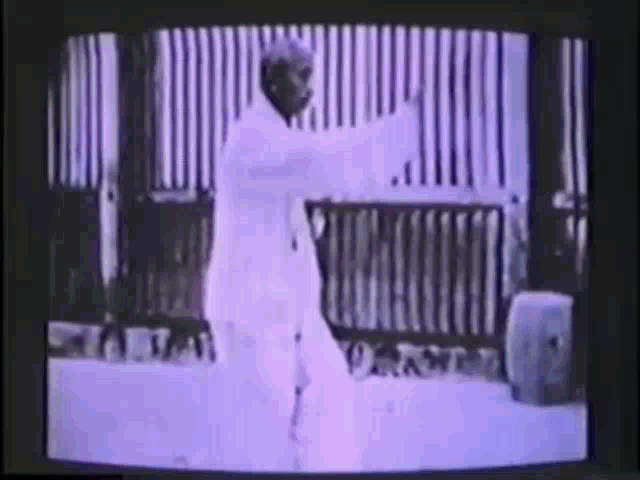Wobblyboy,
Yes, there are a great many "differences" in each and every persons form. If you watch Yang Zhen Duo's videos, then watch Yang Jun's videos, you are going to see many "differences" in between their performances.
Most will be very slight, as the transmission from Yang Zhen Duo to Yang Jun is very clear, but there will be things that each does slightly differently from the other.
Watching the forms of different Masters, even those who attended the same school at the same time and learned from the same Master, will show you many points of "difference" between how each person expresses their art.
This is normal, expected and necessary.
Why?
Good question, I'm glad you asked.
Are you built the same way as James Fu? By that I mean, is your body identical to his? No? I didn't think so.
Performing the art in the identical way that he does is an therefor an impossibility because you're different people, with different body shapes.
Do you think the same way Yang Jun does? No? I didn't think so.
Performing the art in the identical way that does in therefor an impossibility because you are different people, with different personalities and ways of thinking about things.
Do you see where this is going?
There is no way for two people to perform any art identically, even if they learned at the exact same time in the exact same place from the exact same Master there will be "differences" in between their performances.
Case in point; me.
For many years, when I first started learning TCC, I did so in a school that my brother also attended.
We learned from the same Sifu, same style, same form, in the same building and at the same time.
We're very similar in height, weight and body shape and we were raised in the same house by the same parents.
Yet our forms were as different as night and day.
He was very precise, very accurate in his movements (still is) and he looked very clean and clear when doing his art.
I, on the other hand, had what could only be called "sloppy" postures. No one would ever call them "clean and clear", in fact I most often heard "looks like mud but it covers the ground" from our teachers when anyone mentioned my form work.
To this day his form work is much more precise and clear than mine will ever be (we're doing different styles now but being sloppy didn't change any with my new style, as several of those who post on this thread can attest

).
The reason for that is mostly in the way we each think, which couldn't be more different.
He is a much more precise person, more dedicated to "getting it right" than I am.
I have a much more sloppy outlook on life, I worry more about "getting it done" without worrying about making it pretty.
Is one "better" than the other?
Not in any way anyone we could ever find.
They're just different, that's all, both are equally valid expressions of the art.
That you're seeing these "differences" in between the Masters shows that you have a keen eye and a focus on the art.
That's good. That will help you in the long run very much.
However, understanding the reasons behind these "differences", why they happen and that they're necessary...
That's even more important.
What we all need to understand is that eventually every student is going to begin to express a "personal style".
I clearly have mine. I call it the "clear as mud but it covers the ground" style in honor of my former teachers who used to tell me that, a lot, and to keep myself from ever starting to think my forms look good (they don't and they're not going to).
The trick now is to find what works for you and then to keep reviewing and refining that, while working with your teachers, to perfect it.
I'm a LONG way from perfecting even my muddy style of movement, I need more practice, but I have learned to go with my strengths and to stop considering them weaknesses.
Of course you want to maintain the standards of your particular style, it's necessary.
However, I believe if you start looking closely at the "standards" of your style you'll find that there's more than a little bit of wiggle room built right into them.
That's to accommodate the "personal style" that each person will eventually settle into.
Hope this helps a bit.
Bob


 ]
]